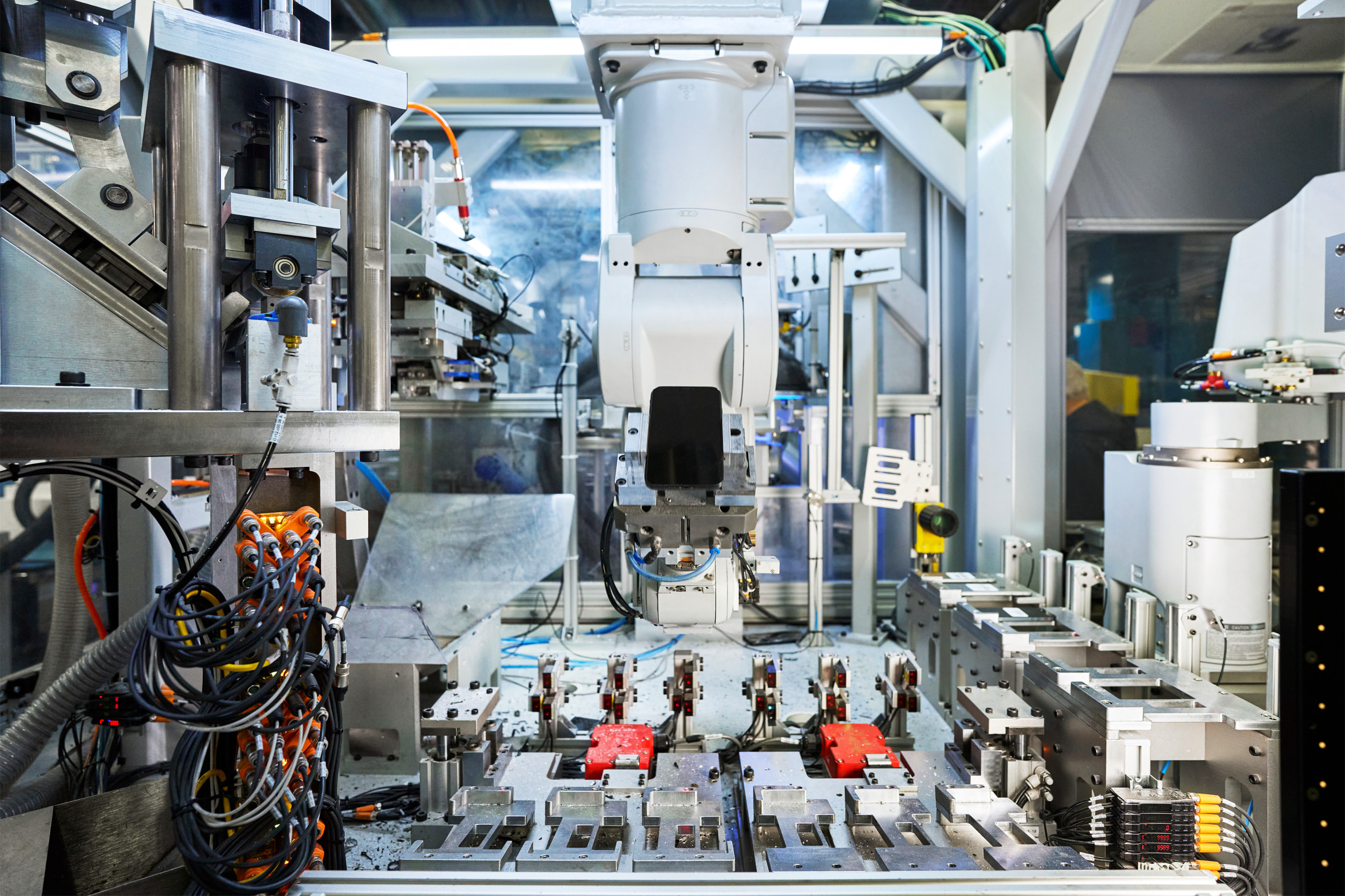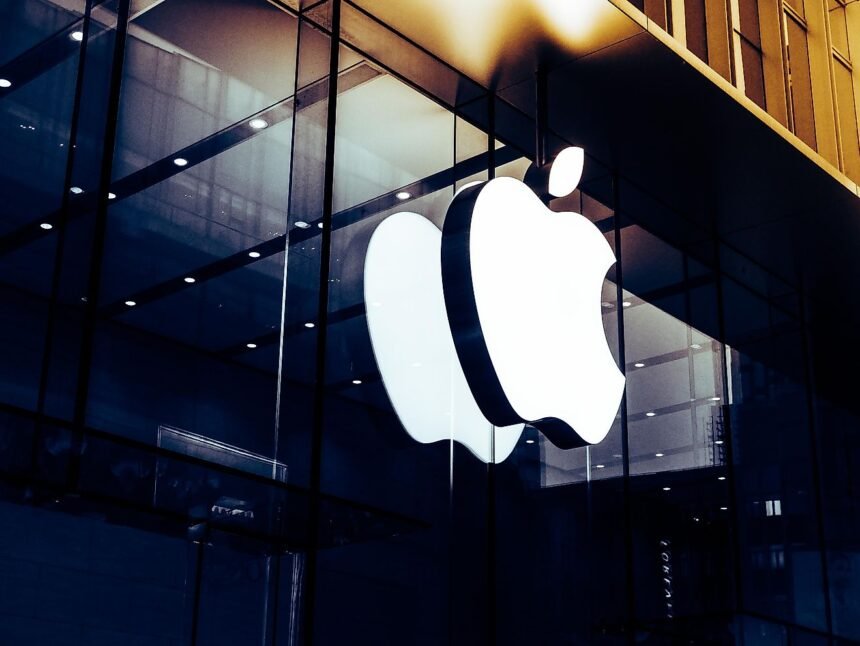Based on a UN estimate, electronic garbage (e-waste) is the fastest-growing type of home waste in the world, with around 50 million metric tonnes produced in 2019 alone, only 20% of which was recycled. This is both environmentally and socially harmful. E-waste comprises a variety of toxic compounds, such as lead, mercury, and brominated flame retardants, and its disposal primarily consists of landfill deposition and burning. These practices pose significant pollution hazards, including leachates that can infiltrate groundwater and harmful gas emissions into the atmosphere.
The UN predicts that e-waste contains 7% of the world’s gold, with a tonne of e-waste containing 100 times more gold than gold ore. These are limited and non-renewable resources. As a result, the current e-waste problem is a serious impediment to equitable and sustainable development. With a market value of more than $2 trillion USD, Apple is the most valuable technological corporation in the world. Unavoidably, this means that Apple plays a significant role in the production and handling of e-waste, and that, like most other corporations fighting for a sustainable image, it is attempting to greenwash its image in order to keep up with the zeitgeist. Apple’s immaculate website provides a slew of figures and comments demonstrating the company’s dedication to environmental sustainability, which are impressive, if not without problems.
Apple has one of the most ambitious environmental agendas in the business, with the goal of becoming carbon neutral by 2030, which means that every product it makes will have a net-zero environmental impact as part of a model known as the circular economy. Apple has already made several measures towards this goal, the first of which is a comprehensive recycling scheme that recycles tin, and cobalt, and uses carbon-free aluminium. Second, Apple is investing in research and development to aid in recycling; the result is Daisy, a robot that disassembles old smartphones and tablets to recover their materials, which debuted in 2018. Daisy can deconstruct 200 iPhones every hour.

However, because there is only one Daisy, it is more of a publicity gimmick and greenwashing initiative than a realistic and complete solution. Third, as of 2018, Apple’s global facilities are powered entirely by renewable energy sources, an incredible feat that surely sets a precedent for other firms to follow. Finally, unlike Android, Apple assures its older devices receive software support and updates for many years. For example, the iPhone 6S, which was released in 2015, will receive the most recent iOS 14 upgrade in 2020. MacOS Big Sur also works on MacBooks manufactured after 2013. This means that, as long as the hardware lives, your Apple device will receive upgrades for a longer period of time than the competitors.
Apple’s most recent attempt to incorporate sustainable practices into its business strategy occurred with the release of the iPhone 12. Apple said on October 13th that it would be removing the power brick and wired headphones from its package. The reasoning for this is because (i) two billion power bricks already exist; (ii) most customers already own or use wireless headsets; and (iii) a smaller package would allow 70% more iPhones to be sent at any given time. At first glance, this appears to be a significant step towards minimising e-waste. This shift is anticipated to be reflected, when practicable, throughout Apple’s product line, as seen by the elimination of a power brick in Apple’s AirPods Max, which became available on December 15th, 2020.
Apple’s rebranding as a sustainable, environmentally friendly corporation is an example of greenwashing. The cable included in the iPhone 12 box is Lightning to USB type-C, which is problematic as all previous iPhones aside from the 11 used USB-A. Apple offers alternatives such as a compatible power brick or the new MagSafe charger, which would reduce e-waste and increase energy usage in shipping and materials in packaging. However, these cost savings won’t be transferred to the consumer as the price of the latest iPhone has not decreased despite the removal of the headphones and power brick, suggesting that Apple’s motivation is not for sustainability, but for profit.

Although Apple’s customer service is among the best in the industry, these expenditures outside of warranty would make repairing a system that is possibly more than three years old uneconomical, creating an incentive for replacement. Furthermore, the manufacturing of the products is largely wasteful. Apple’s unique unibody design for its laptops is milled from an extruded slab of aluminium; this implies that the metal is drilled out of a solid block rather than being melted and cast using all of its material. While this has both aesthetic and functional benefits, it generates a lot of garbage that must be recycled.
Apple has made progress in social sustainability but has been forced to consider the human aspects of its operations due to revelations of worker suicides and unpaid overtime. In 2017, Foxconn employed student workers who were working unpaid overtime in order to ‘graduate’ in violation of local laws. To address this, the European Parliament announced that the right to repair devices would be enshrined in law, and a reparability score will be implemented in January 2021. Apple and other manufacturers should prioritize modular and upgradable designs over recycling, and introduce recycling programmes. The Daisy programme must also be expanded to reduce the consumption of vital raw materials.
Finally, e-waste is a significant barrier to achieving social, economic, and environmental sustainability. It is the responsibility of international and national governments, as well as the corporate sector, to address this issue. The European Parliament resolution and planned government legislation should force private enterprises to manufacture more flexible and ecologically friendly products.
For more such updates, keep reading techinnews



